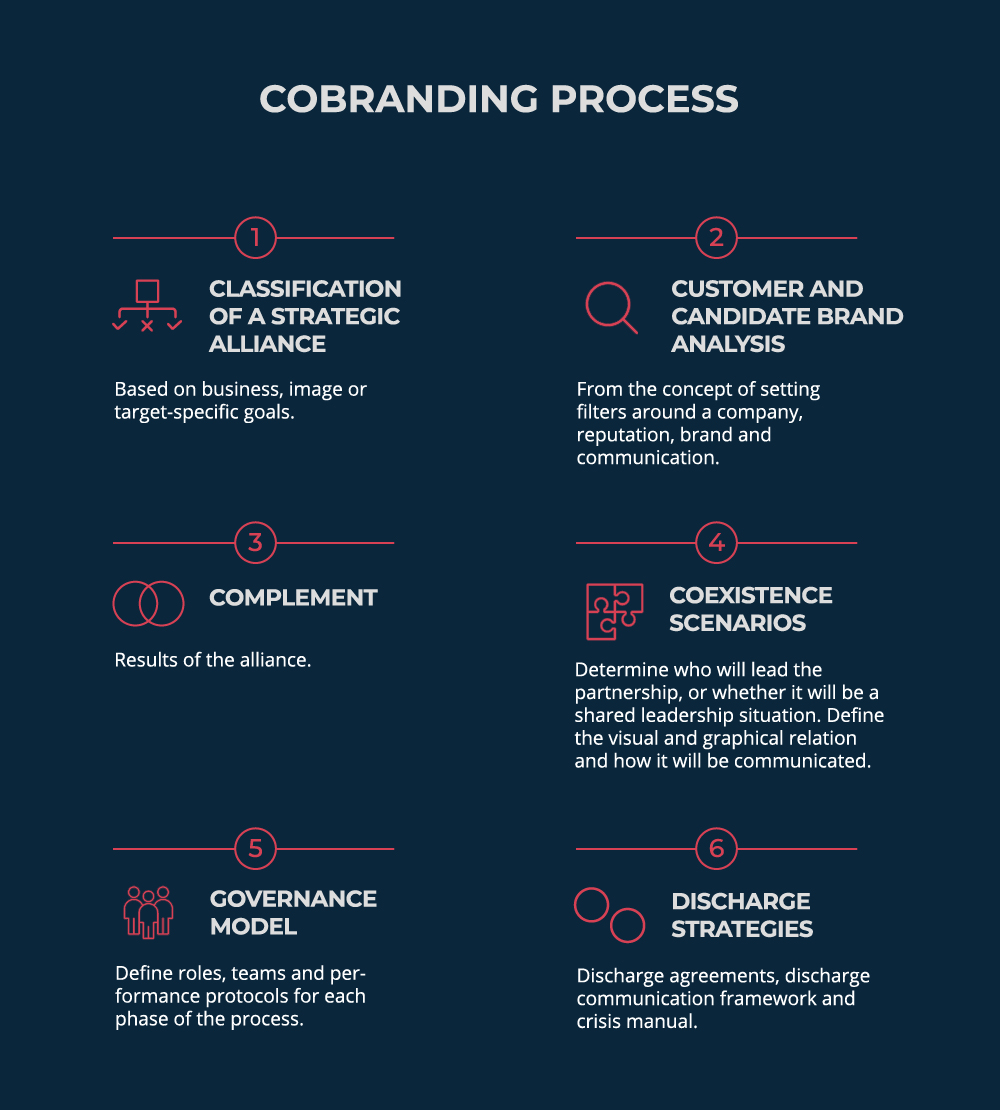-
TrendsCreativeEuropean Affairs
-
SectorIT and Communications
-
CountriesGlobalSpain
The recipe for friendship seems clear: Tolerance, trust, compatibility, sincerity, availability and a pinch of luck. Alliances between brands are no different. In this article, we will analyze the key components to a sound friendship between two brands.
From concentration to cooperation
But what is it that leads brands to cooperate? The decrease in life cycle, new demand composition, adaptation to change, shared knowledge and joint creativity, together with technology and companies’ total globalization, have permanently increased brands’ innovation due to the higher level of market competitiveness. But quite frequently, transformation takes place so fast that it outgrows internal capacities, which forces companies to look outside their walls and see the market as an opportunity to relate to others, not just as an adverse environment. Cobranding sets forth a framework that is an alternative to business’ focus on mergers and acquisitions, which are usually too expensive.
From technical model to cultural alliance
Two basic aspects must shape an alliance between two brands, one technical and one cultural. From the technical point of view, we must accept that brand coexistence as a process, not just a creative idea with impressive content. From the cultural perspective, the main question is how to build trust between two cultural identities, which are usually quite different. In an artificially generated partnership environment, trust and respect play critical roles.



Cobranding has a direct impact on business development, improving companies’ competitive positions, reinforcing differentiation and opening doors to diversification. Furthermore, it builds on company brands, helping them add new attributes related to their images and territories while improving visibility and strengthening their capacities to appeal to customers.
In short, the need to adopt new business, technological and digital models demands companies and their managers seek support from outside their organizations from those who can provide new skills and capabilities.
Authors
David González Natal
Bárbara Ruiz



